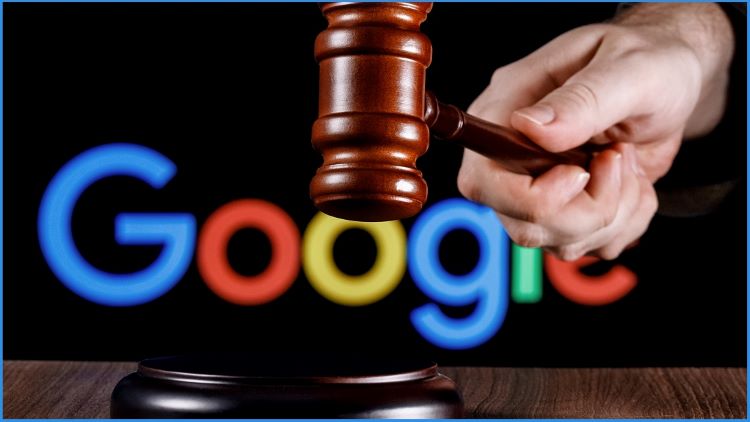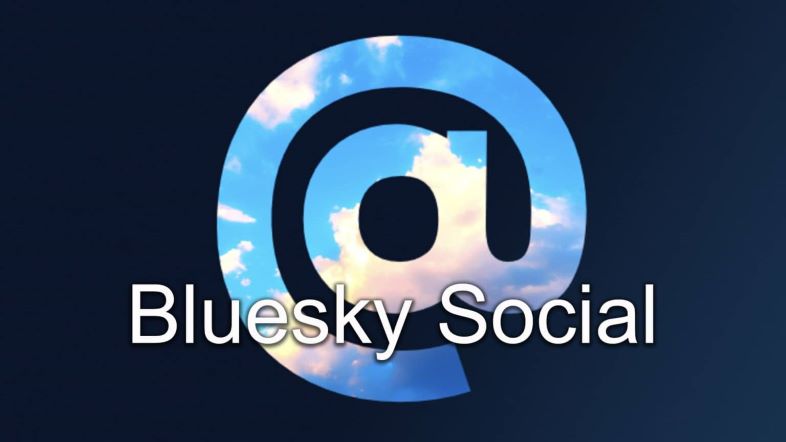Nandini Roy Choudhury, writer
Brief news
- Google is returning to court to defend itself against allegations that its advertising business has operated as a monopoly, resulting in increased ad prices for customers.
- The trial is the inaugural technology antitrust trial instituted by the Biden administration and is expected to last for several weeks.
- If the Department of Justice is successful, Google may face lawsuits totaling up to $100 billion from advertisers seeking financial compensation.
Detailed news
Google is returning to court to defend itself against federal prosecutors for the second time, months after losing a significant antitrust case brought by the Department of Justice.
Google was found to have a monopoly in internet search by a judge in August, which is the most significant antitrust ruling in the technology sector since the case against Microsoft over two decades ago. This time, Google is defending itself against allegations that its advertising business has operated as a monopoly, resulting in increased ad prices for customers.
The trial is scheduled to commence in Alexandria, Virginia, on Monday and is expected to last for a minimum of several weeks. It is the inaugural technology antitrust trial instituted by the Biden administration. The department’s initial lawsuit was initiated in October 2020, during the administration of Donald Trump.
Despite the fact that U.S. officials have been pursuing Big Tech for the past several years, only Google has been involved in federal court proceedings thus far. In March, the Department of Justice filed a lawsuit against Apple, asserting that its iPhone ecosystem is a monopoly that has resulted in a “astronomical valuation” at the expense of consumers, developers, and rival phone manufacturers.
The Federal Trade Commission filed an antitrust lawsuit against Facebook (now Meta) in late 2020, alleging that the company had established a monopoly through the acquisition of Instagram and WhatsApp. Meta requested that the lawsuit be dismissed by a court earlier this year. Amazon was accused of using its “monopoly power” to purportedly inflate prices, degrade quality for consumers, and unlawfully exclude rivals, thereby undermining competition, in 2023. The FTC and 17 states participated in the lawsuit.
The concentration of Google is now on its advertising tools, which are a component of the company’s $200 billion digital advertising business.
The government contends that Google is in violation of Sections 1 and 2 of the Sherman Act, which prohibit anticompetitive conduct. The DOJ will contend that Google’s products enticed publishers and advertisers to become reliant on them, necessitating the development of workarounds by websites. The case was joined by a coalition of states, including Connecticut, New Jersey, New York, Rhode Island, and Tennessee.
Because the platform operates on multiple sides of the market—buying, selling, and an ad exchange—Google’s ad business has garnered a significant amount of criticism over the years. This has provided the company with distinct insights and potential leverage. The Department of Justice (DOJ) cited internal communication from a Google ad executive in its initial litigation. The executive stated that possessing multiple sides of the ad-selling process is akin to “Goldman or Citibank owning the NYSE,” a reference to the New York Stock Exchange.
The issue at hand is the manner in which Google is permitted to manage its portfolio of advertising products. The DOJ, if successful, intends to divest at least the Google Ad Manager suite (GAM), the marketplace that enables brands to construct and manage ad units, monitor ad campaigns, and allow publishers to sell ad inventory.
This is distinct from Google Ads, the company’s primary platform, which is designed to promote products or services across search engines, websites, YouTube, and other partner sites.
Alphabet, the parent company of Google, reported ad revenue of $64.6 billion in the most recent quarter, which accounted for more than three-quarters of the total sales. Of that sum, $48.5 billion was generated by search and other enterprises, including Gmail and Maps, while $8.7 billion was generated by YouTube.
The Google Network division, which generated $7.4 billion in second-quarter revenue, or approximately 11% of total ad sales, includes the GAM suite.
Google could potentially face a surge in litigation from advertisers seeking financial compensation in the event that the DOJ is successful, in addition to a potential partial dissolution. According to Bernstein analysts, Google may be subject to lawsuits totaling up to $100 billion.
The court determined that Google had violated Section 2 of the Sherman Act, which prohibits monopolies, in the initial antitrust case. Judge Amit Mehta of the U.S. District Court for the District of Columbia concurred with the Department of Justice’s contention that Google has maintained its dominance in the general search market by establishing robust barriers to entry and a feedback cycle.
“Google has maintained its monopoly by acting as a monopolist,” Mehta wrote.
Google is currently anticipating its retribution for that incident. The Department of Justice is requesting an extension of the time frame until February in order to provide remedies, followed by a hearing in April. Google asserts that the Department of Justice should have conducted its research beforehand and be prepared to submit its proposal in October.
The arguments that each party will present
In the second instance, the Department of Justice intends to demonstrate that Google has amassed unparalleled power by acquiring companies such as DoubleClick in 2008 and by developing services that enable advertisers to target users across the internet.
The Justice Department alleges that the company’s M&A strategy “established the foundation for Google’s subsequent exclusionary behavior in the ad tech sector.” According to the agency, Google unjustly increases ad prices because it controls 91% of the ad server market, which is the space used by publishers to sell advertisements.
The Department of Justice intends to summon YouTube CEO Neal Mohan for a live testimony. Mohan was previously a vice president at DoubleClick prior to the acquisition. According to the agency, DoubleClick’s technology was integrated into Google’s ad tech stack, which enabled Google to mandate that publishers utilize all of its tools in order to access any of them. This meant that they were unable to utilize rival services for certain aspects of the online ad-buying process.
The Department of Justice asserts that “website creators earn less and advertisers pay more than they would in a market where unfettered competitive pressure could discipline prices and lead to more innovative ad tech tools that would ultimately result in higher quality and lower cost transactions for market participants.”
The government has stated that certain publishers have been compelled to adopt alternative models, such as subscriptions, to finance their operations, while others have ceased operations.
For years, Google has attempted to refute allegations that it controls the online advertising market by referencing the market share of its competitors, such as Meta. It will contend that the online ad market has evolved, resulting in a plethora of options for both consumers and vendors.
Google will also contend that the Department of Justice’s initiatives would impede innovation, increase advertising fees, and impede the expansion of thousands of small businesses and publishers.
The company asserts that its advertising tools are capable of accommodating the billions of ad auctions that occur on the internet daily and that the Department of Justice does not possess an accurate understanding of the ad space. Additionally, Google will inform the court that it has consistently provided customers with competitive rates, despite the fact that they frequently combine and match advertising platforms.
In terms of deal-making, Google will assert that DoubleClick and AdMeld were not “killer acquisitions” at the time and that regulators approved them.
The DOJ has identified prospective testimony from Jerry Dischler, who was previously the vice president of Google’s ad platform and is presently responsible for the company’s cloud applications, in an effort to substantiate its case. The potential to rely on multiple Google product managers has also been acknowledged.
Sissie Hsiao, a former director of global display, video, and mobile app advertising at Google AI, and Scott Sheffer, the vice president of Google partnerships, are also included in the DOJ’s list. According to filings, the government intends to incorporate testimony from publishers, advertisers, and companies that attempted to compete with Google, as well as experts and professors from Stanford and Harvard. Additionally, evidence from internal Google communications will be included.
Google also indicated that it may consult with Nitish Korula, the engineering director for Google Assistant, who previously served as the senior technical advisor to Prabhakar Raghavan, the chief of search. It also requested testimony from Simon Whitcombe, a vice president at Meta, and recommended depositions from executives at The New York Times and BuzzFeed.
Although the Department of Justice (DOJ) and Google submitted a list of executives who were identified for potential testimony or deposition, it is uncertain whether or not they will be summoned.
Google declined to provide a response.
Source CNBC News





One thought on “Google’s second antitrust trial could impact internet advertisements”